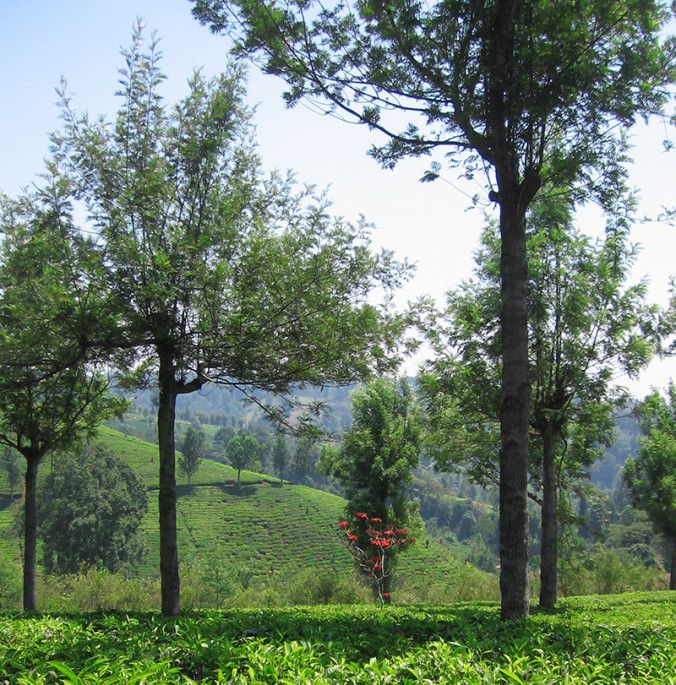Now the national tree of Peru and Ecuador, Cinchona changed the course of world history. There are more than 20 species of this impressive 25 metre tree with large, shiny, conspicuously veined leaves and deliciously fragrant, white to lilac-pink flowers that grow in small clusters, generally pollinated by butterflies and hummingbirds. But the tree’s real claim to fame is the effectiveness of its bark for treating malaria.
In the early seventeenth century, when Spanish colonists and Jesuit missionaries in Peru were first introduced to Cinchona bark, there was no malaria in South America. Some historians suggest that Cinchona was an indigenous Quechua medicine used to treat an unrelated fever, and it was this that inspired Europeans to make an incredibly lucky guess. In Europe where malaria or ‘ague’ was endemic, they found that Cinchona bark could both cure and prevent the disease.
Its reputation and use spread quickly through Spain. Ironically, it was probably the Spanish, via their African slave trade, who brought malaria to the one continent that didn’t have the disease, but had the cure for it. In a controlling ‘partnership’ with the Quechua, massive logging of Cinchona trees began, with fleets of ships carrying the bark back to Europe.
‘Jesuit bark’ was regarded with suspicion by Protestants because of the connection to Spain and Catholicism. In England Oliver Cromwell died of malarial complications rather than take the ‘powder of the Devil’. But in 1679 Cinchona cured the son of Louis XIV of France, and it was soon widely accepted as the only preventative and cure for malaria. It remained so for more than 250 years, when alternatives were synthesised.
We now know that Cinchona bark contains a cocktail of alkaloids drugs – probably evolved as a defence against insects – that would indeed have been medically valuable to the Quechua. The name ‘quinine’ came from the Quechua language, quina-quina, ‘the bark of all barks’. But quinine alkaloids have the rare capability of making certain components of our blood poisonous to the malaria parasite.
Malaria was a problem in Europe until the twentieth century, but in the tropics the disease was the limiting factor to European colonial ambitions. Virulent strains of malaria killed more than half of all Europeans who ventured to some parts of Africa and Asia.
In the British settlements of Virginia, North America more people died from ‘swamp fever’ than at the hands of the native Americans. Anything that might check the disease was of the upmost strategic significance and commanded a high price. In order to protect their lucrative monopoly, the countries of South America imposed a death sentence on anyone exporting cuttings or seeds. However, their forests could not meet the voracious demand for quinine, and in the nineteenth century the Dutch and British managed to smuggle Cinchona seeds out of South America to start their own plantations.
The British Raj depended on quinine which was taken daily in ‘tonic water’. To disguise the bitter taste gin, lemon and sugar were added.
By the 1930’s the Dutch East Indies supplied most of the world’s quinine, and it remained a source of strategic power through World War II. When Java and its quinine supplies were captured by Japan, the United States imported hundreds of tons of Cinchona from Peru. Even that wasn’t enough, and tens of thousands of US troops in Africa and the South Pacific were incapacitated for a lack of quinine.
Without Cinchona the European colonies would not have been expanded in tropical parts of the world. In India, the British Raj depended on quinine where the white powder extracted from the bark was taken daily in ‘tonic water’. To disguise the bitter taste gin, lemon and sugar were added to make it more palatable, resulting in the forerunners to today’s G&T. Modern tonic water has more auger and much less quinine – enough though to make it fluoresce pale blue under the glow of ultraviolet nightclub lights.
